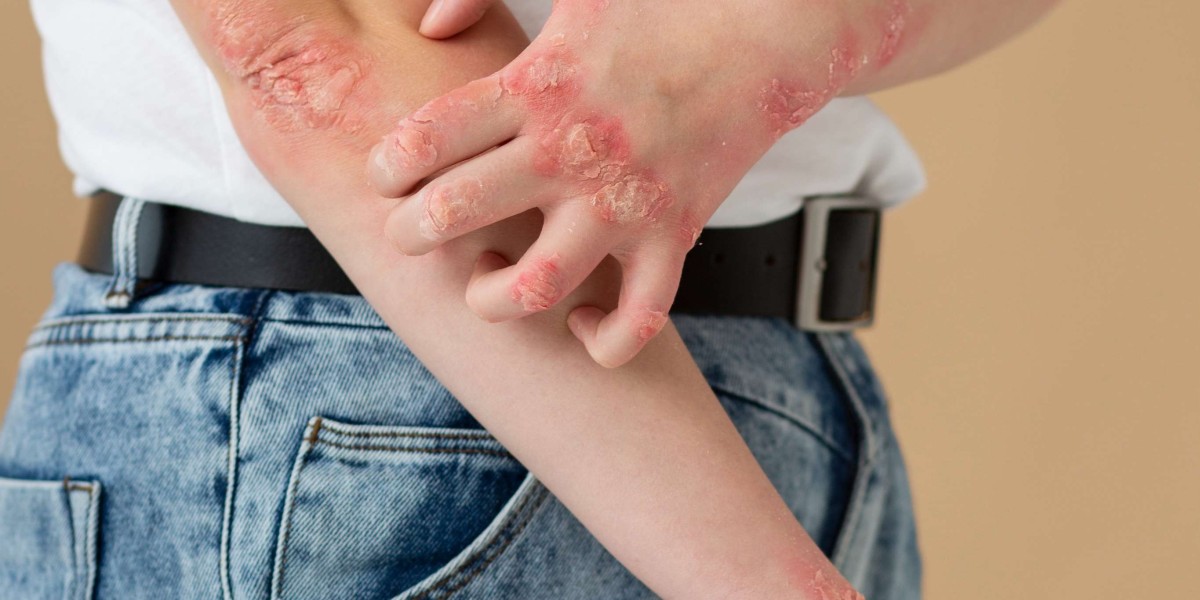Understanding Scabies: A Public Health Concern
Scabies spreads through prolonged skin-to-skin contact. In crowded environments like shelters, group homes, and unsanitary encampments, transmission is rampant. The mites burrow into the skin, causing intense itching, especially at night, and a rash that resembles pimples or blisters.
Without treatment, scabies can lead to:
- Secondary infections like impetigo
- Crusting scabies, a severe form that causes thick crusts on the skin
- Community outbreaks, particularly in shared living spaces
For people experiencing homelessness, these outcomes are compounded by poor access to hygiene, isolation, and barriers to healthcare.
Why Homeless Populations Are at Higher Risk
Homelessness creates an environment ripe for infectious diseases. Here are some reasons why scabies is so prevalent among this population:
1. Limited Hygiene Facilities
Regular bathing, changing clothes, and laundering bedding are essential for preventing and managing scabies. Unfortunately, many homeless individuals do not have access to these facilities consistently. Clothing and bedding may be reused without proper washing, allowing mites to thrive.
2. Crowded Shelters and Encampments
Shelters often lack adequate space, forcing individuals into close quarters. This promotes direct skin-to-skin contact—ideal for scabies transmission. Temporary encampments pose a similar risk, with many people living in tents or communal settings where personal space is limited.
3. Delayed Diagnosis and Treatment
Scabies may go undiagnosed due to:
- Lack of regular medical checkups
- Misdiagnosis as eczema or allergies
- Individuals avoiding care due to stigma or fear of institutions
When left untreated, an infected person continues to spread scabies to others in close proximity.
4. Stigma and Mental Health Challenges
The shame associated with scabies, coupled with co-existing mental health issues, can prevent individuals from seeking care. Many homeless people already face societal stigma, and adding a visible skin condition only exacerbates isolation.
Common Barriers to Treatment
Despite the availability of effective treatments like Ivercor 6mg Tablet, multiple barriers hinder timely intervention among homeless populations.
1. Cost and Accessibility
Even low-cost treatments can be out of reach for those without insurance or income. Many medications require prescriptions, which means the individual must:
- Visit a healthcare provider
- Wait for diagnosis
- Fill the prescription at a pharmacy
This process is often impossible for someone living on the street without transportation or ID.
2. Logistical Challenges in Follow-Up
Scabies treatment typically requires:
- One or two doses of oral medication (like Ivercor 6mg Tablet)
- Topical creams (e.g., permethrin)
- Washing all clothes, linens, and bedding
- Treating close contacts simultaneously
These steps are difficult to implement in transient lifestyles. People may not have access to washing machines, clean bedding, or the ability to notify close contacts.
3. Inadequate Shelter Policies
Some shelters lack clear policies or resources for managing contagious skin conditions. Others may deny entry to individuals with visible rashes, leading to further exposure on the street.
Ivercor 6mg Tablet: An Effective Tool in Scabies Treatment
Ivercor 6mg Tablet, a brand of ivermectin, is an oral antiparasitic commonly used for treating scabies. It offers several advantages in the context of homeless populations:
1. Ease of Administration
Unlike creams that require full-body application and need to be left on overnight, Ivercor 6mg Tablet is taken orally—simplifying treatment and reducing barriers to compliance.
2. Suitable for Mass Treatment
In cases of community outbreaks, ivermectin is ideal for mass drug administration (MDA). Shelters and outreach programs can distribute the medication under medical supervision, allowing multiple individuals to be treated at once.
3. Effective for Crusted Scabies
Crusted (Norwegian) scabies, a severe and highly infectious form, is often seen in immunocompromised or neglected individuals. Ivercor 6mg Tablet, when used in multiple doses, is effective against this form.
4. Low Cost and Accessibility
Many governments and nonprofit clinics provide Ivercor 6mg Tablet at low or no cost during outreach initiatives. Bulk purchasing can further reduce the cost for community treatment programs.
Overcoming Barriers: Solutions and Recommendations
Treating scabies in homeless populations requires a multi-faceted approach. Here are actionable strategies to reduce the burden of scabies in this vulnerable group.
1. Mobile Health Units
Bringing healthcare to the streets via mobile clinics ensures that individuals can be diagnosed and treated on-site. Offering Ivercor 6mg Tablets directly during outreach sessions can bypass several logistical issues.
2. Training Shelter Staff
Equipping shelter workers with basic knowledge of scabies symptoms, transmission, and treatment protocols can lead to earlier detection and referral. Staff should also be trained in handling laundry protocols and minimizing stigma.
3. Integrating Scabies Treatment into Outreach Programs
Nonprofits and public health agencies can integrate scabies screening and treatment into their existing outreach programs. Providing hygiene kits, access to clean clothes, and Ivercor 6mg Tablet can significantly reduce reinfection rates.
4. Partnering with Pharmacies and Telehealth Providers
Community health organizations can work with local pharmacies to ensure easy access to Ivercor 6mg Tablet. Telehealth consultations may also help expedite prescriptions and follow-ups.
5. Improving Living Conditions
Long-term solutions must address the root cause: homelessness itself. Access to permanent supportive housing, mental health services, and addiction treatment are critical for breaking the cycle of disease and poverty.
Public Health Implications
Unchecked scabies outbreaks can affect more than just homeless individuals. Staff, volunteers, and the general population can also be exposed—especially in shelters, emergency rooms, and community centers.
By improving access to treatment, especially affordable oral options like Ivercor 6mg Tablet, public health authorities can:
- Reduce the incidence and spread of scabies
- Lower the burden on emergency healthcare services
- Enhance quality of life for homeless individuals
- Improve community trust in healthcare systems
Conclusion
Scabies remains a silent epidemic among homeless populations. The combination of poor hygiene, crowding, and limited healthcare access creates a perfect storm for outbreaks. But with the right strategies—mobile outreach, public education, and the use of effective treatments like Ivercor 6mg Tablet—we can break the cycle.
Addressing the problem goes beyond medication. It requires a compassionate, coordinated approach that recognizes the humanity and dignity of every individual, regardless of their housing status. By doing so, we not only alleviate suffering but take a crucial step toward a healthier, more inclusive society.







